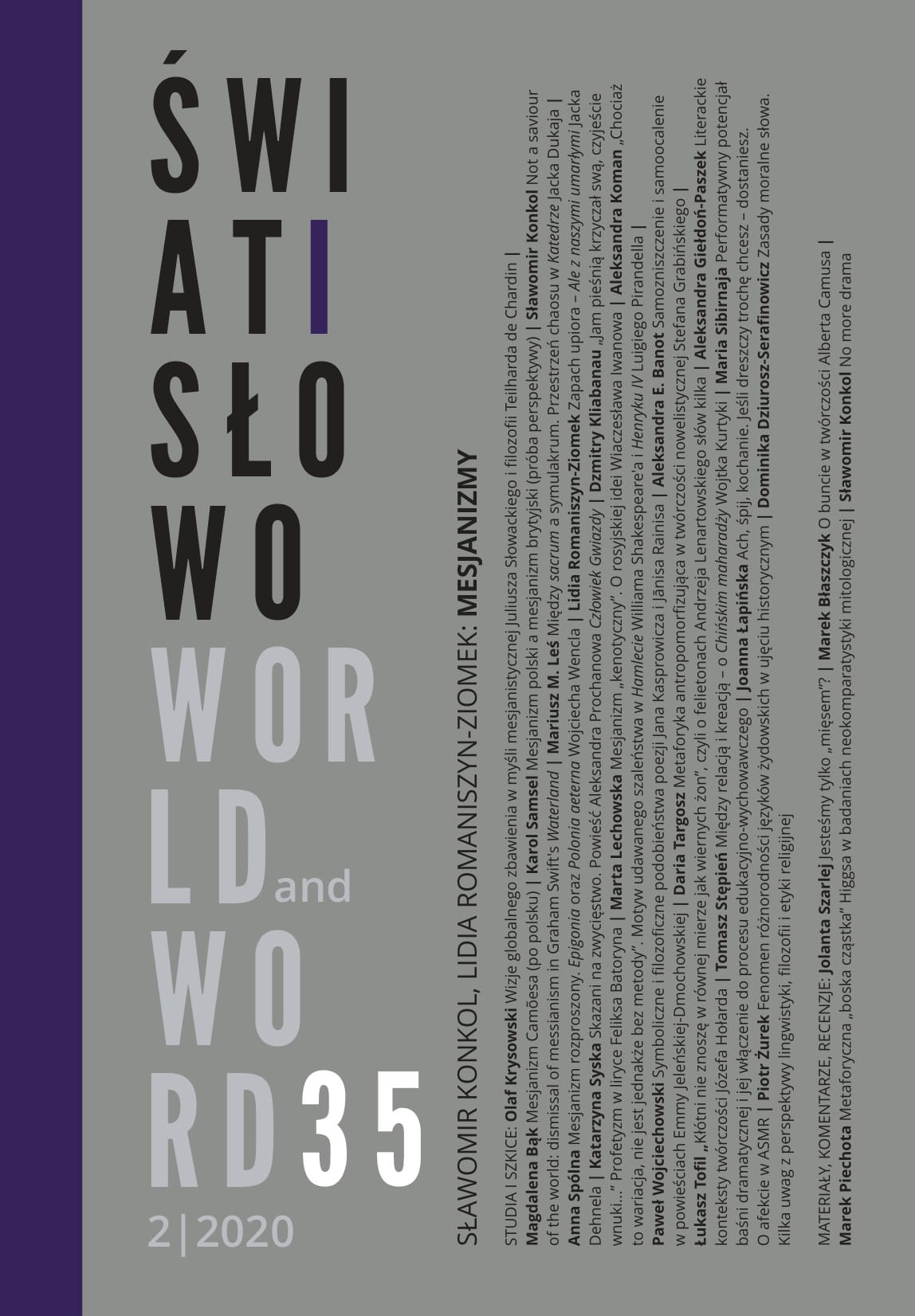Samozniszczenie i samoocalenie w powieściach
Emmy Jeleńskiej-Dmochowskiej
Self-destruction and self-salvation in Emma Jeleńska-Dmochowska’s novels
Author(s): Aleksandra BanotSubject(s): Language and Literature Studies, Studies of Literature, Polish Literature, Philology
Published by: Akademia Techniczno-Humanistyczna w Bielsku-Białej
Keywords: Emma Jeleńska-Dmochowska; women’s writing at the turn of the 19th and 20th century; self-destruction; self-salvation;popular novel;
Summary/Abstract: Emma Jeleńska-Dmochowska’s novels: Young Lady (1899), The Ring (1907), Woman, Miserable Fluff... (1909) seem to be an insightful, though probably unintentional, study of female self-destruction. At the root of this self-destruction is always the male element – the character of a father or brother, cousin, husband. A man who – through a relationship of kinship or affinity – gives the female heroin her status and defines her identity, and who is (or was) the owner or co-owner of the landed property located in the Polesian borderlands.Such story patterns and creations of the heroines are already implemented by the works of Eliza Orzeszkowa (e.g. Two Poles, 1893) and Maria Rodziewiczówna (e.g. Dewajtis, 1889). In my article, I want to trace the similarities (and differences) between the narratives of Jeleńska-Dmochowska and Orzeszkowa. I am also interested in reflecting on whether the analyzed novels of the Rose and Fly author really have such a pessimistic tone. It seems that in these stories of self-destruction one can find their reverses – stories of self-salvation. Finally – I would like to think about the consequences of this double interpretation for the reception of Jeleńska-Dmochowska’s work.
Journal: Świat i słowo
- Issue Year: 2/2020
- Issue No: 35
- Page Range: 225-238
- Page Count: 14
- Language: Polish

